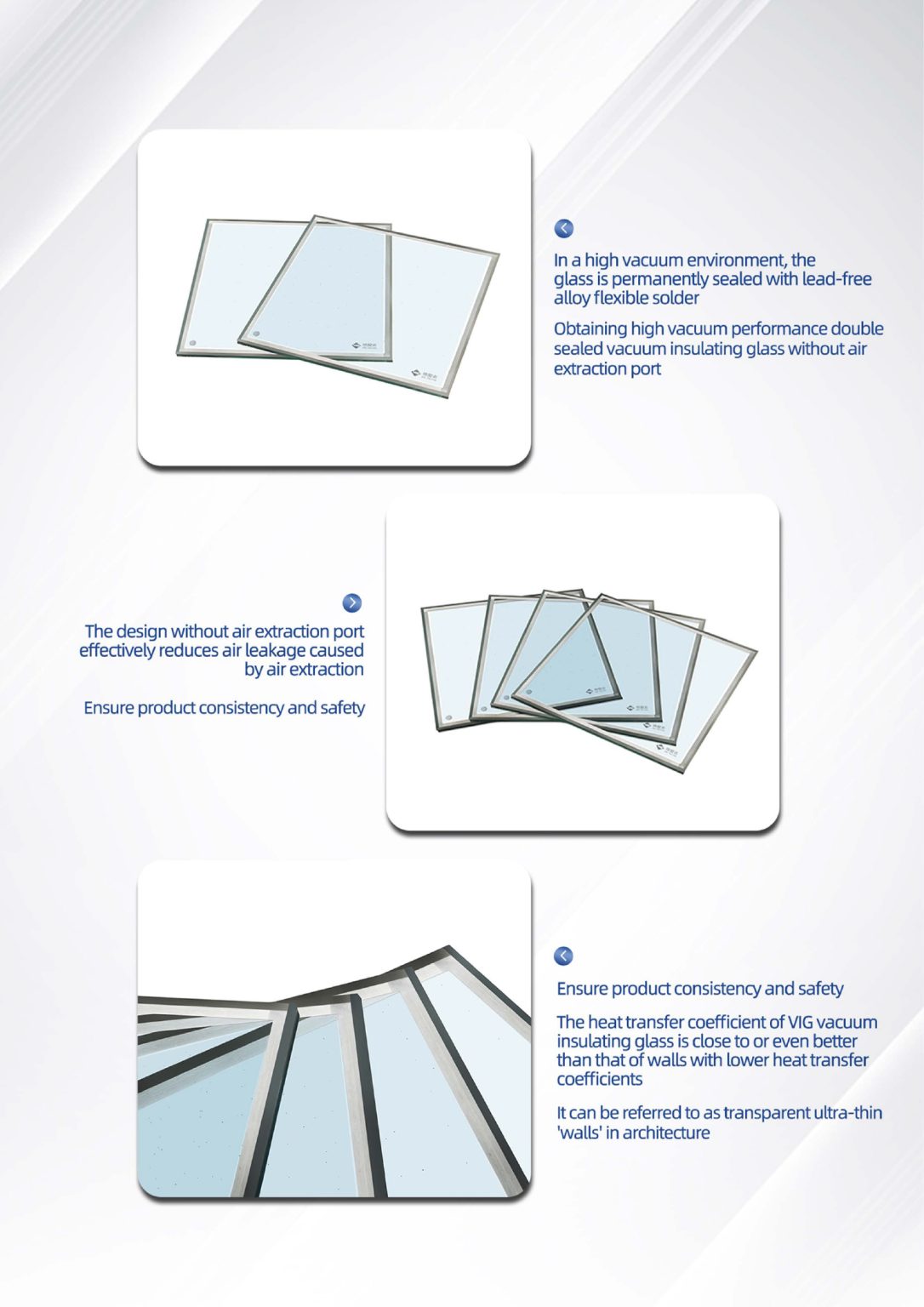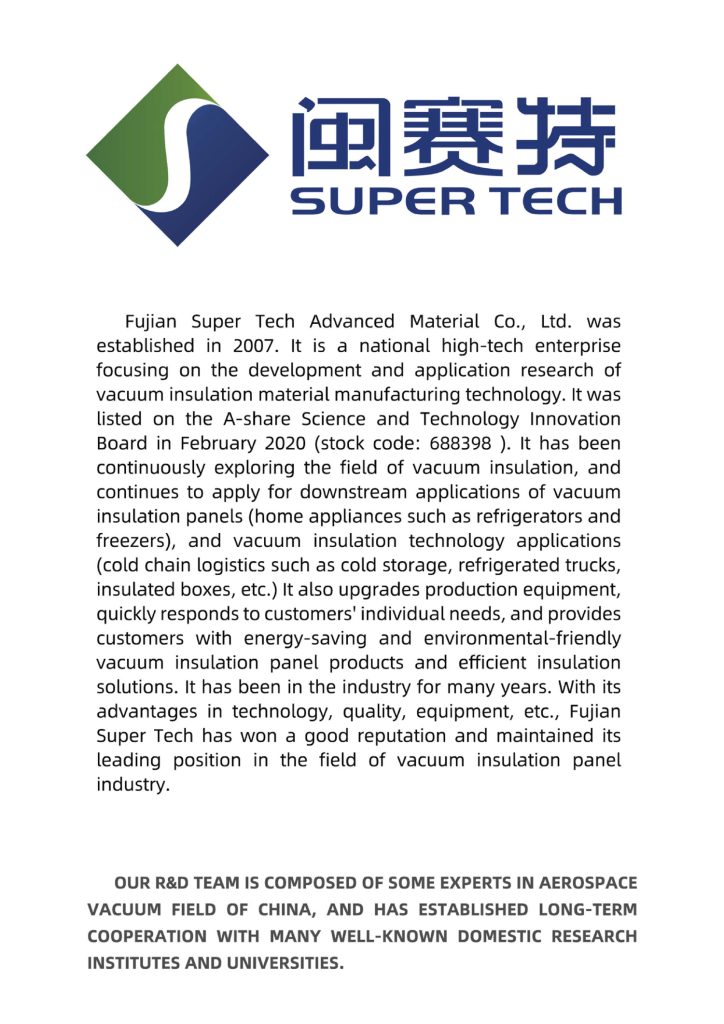Understanding Vacuum Insulated Windows
Vacuum insulated windows (VIWs) are transforming the way we think about thermal efficiency and comfort in building design. By utilizing a space devoid of air—essentially a vacuum—between the panes of glass, these windows drastically reduce heat transfer. This innovative technology not only keeps interiors warm during colder months but also ensures a cooler atmosphere in the summer. The implications for energy conservation are profound, as buildings equipped with vacuum insulated windows can experience significant reductions in energy costs and environmental impact. Homeowners and commercial businesses alike are turning to VIWs not just for insulation, but also for aesthetic versatility, enhancing light transmission without compromising energy efficiency.

Navigating the Costs of Vacuum Double Glazing
One of the paramount concerns for potential buyers is the vacuum double glazing cost . It’s essential to understand that while the upfront investment may be higher than traditional glazing options, the long-term savings on energy bills can outweigh that initial expenditure. Additionally, factors such as window size, installation fees, and local market rates can influence overall costs. Investing in vacuum double glazing is not solely about the current financial outlay; it’s about the future savings and enhanced property value that come with improved energy efficiency. Case studies have shown that properties with VIWs can achieve ROI within a few years, making it a pragmatic addition for both residential and commercial spaces.

Identifying the Best Efficient Windows for Energy Conservation
For homeowners keen on energy efficiency, identifying the best efficient windows is paramount. Once again, vacuum insulated windows take the lead due to their unparalleled insulation properties. By reducing heat loss, they ensure homes remain comfortable all year round. Moreover, they contribute to reducing the carbon footprint of buildings, answering the growing demand for sustainable living solutions. Transitioning to VIWs can lead to lower energy consumption and promote a greener environment, which is increasingly becoming a criterion for homebuyers. As more people are drawn to energy-efficient features, specifying vacuum insulated windows in building specifications aligns with progressive construction practices and consumer preferences.
Conclusion: Choosing SuperVIG for Vacuum Insulated Windows
In summary, vacuum insulated windows offer an exceptional solution for modern energy efficiency challenges, with profound benefits that extend beyond immediate utility. From understanding the vacuum double glazing cost to recognizing the best efficient windows, it’s evident that the transition to this technology is not just beneficial but necessary. To make a wise investment, look no further than SuperVIG, a brand known for its supply advantages and commitment to quality. Their robust offerings and expert guidance make them a leading choice for anyone looking to integrate vacuum insulated windows into their project. Explore more at SuperVIG today!
